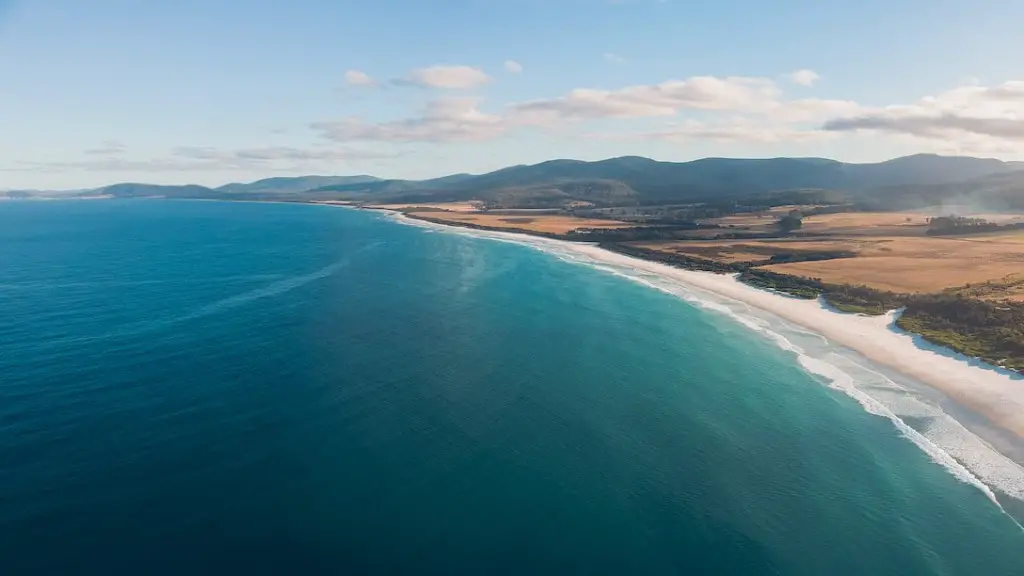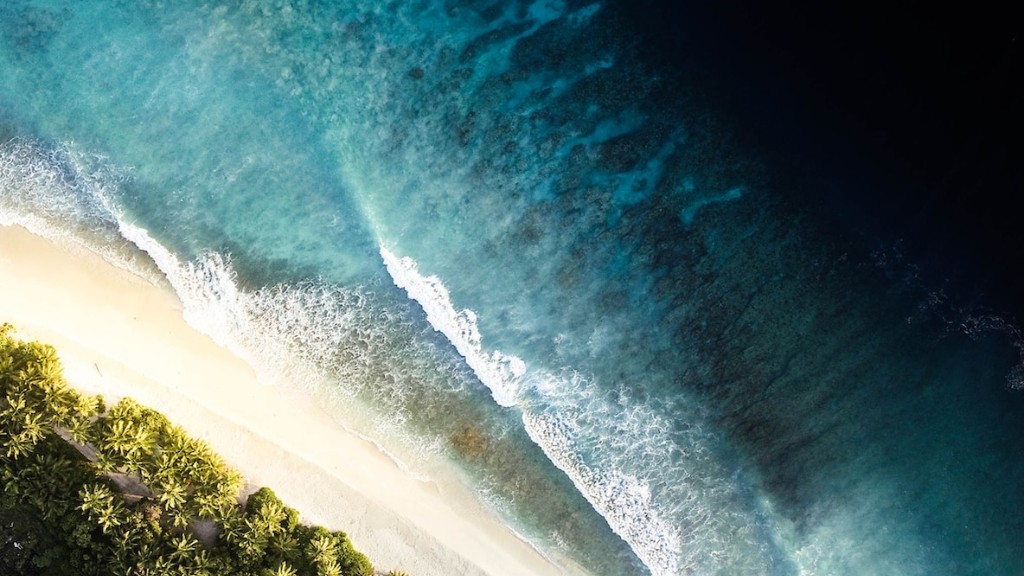Where to Find Dolphins in the Caribbean Sea
Dolphins are the most common type of marine mammal living in the Caribbean Sea. They are found throughout the region, including off the shore of Mexico, the Bahamas, Cuba, Jamaica, and Puerto Rico. As a result, it’s easy to see why dolphins have become an important part of Caribbean culture, with many stories and legends about them.
When it comes to locating dolphins in the Caribbean Sea, the first place to look is the deeper, warmer waters. Dolphins prefer to stay near the surface, and they tend to be much more active during the day. Dolphins can be seen in shallow waters, but they usually don’t stay there for very long.
West Indian manatees are also a common sight in the Caribbean Sea. These manatees tend to stay in the shallow waters during the day, and they migrate to the deeper waters at night. While many people think that dolphins and manatees don’t interact, it has been observed that they do interact with each other, even swimming together.
In addition to the marine mammals, there are also other types of animals living in the Caribbean Sea, such as whales, sea turtles, sharks, and fish. These animals are often found in the same waters as the dolphins, and it’s not uncommon to see them swimming together.
Are Dolphins Endangered?
As mentioned before, dolphins are an important part of Caribbean culture, but they also face challenges from both natural and human-caused threats. The most significant of these threats is overfishing. Dolphins, who rely on fish for their food, are often accidentally caught in fishing nets and drowned or killed in the process.
In addition to this, pollution is also a major threat to the Caribbean Sea’s dolphins. As the population of humans living near the Caribbean Sea increases, so does the amount of pollution entering the water. This can cause health problems, food scarcity, and an inability to reproduce.
Environmental groups have been working hard to protect the dolphins of the Caribbean Sea, and in some cases, they have seen some success. For example, in 2017, the government of Belize passed legislation to protect the local dolphins.
How to Help Protect Dolphins
There are many different actions that people can take in order to help protect the dolphins of the Caribbean Sea. The first is to reduce your use of plastics and other pollutants that can enter the ocean. Another way to help is to be a responsible fisherman. Finally, you can support groups and organizations that are working to protect dolphins in the Caribbean Sea.
Be a Responsible Boater
In addition to reducing pollution and fishing responsibly, it is also important for boaters to be aware of their surroundings when navigating the Caribbean Sea. Boats can cause distress to dolphins and other marine animals, so it’s important to make sure that you are not putting any animals in harm’s way by keeping a safe distance from them.
Even if dolphins are not visible, they may still be in the area, so it’s important to be on the lookout for them. Boaters should also be aware that the sound of their engine can be loud and disruptive, so they should try to keep their speed to a minimum when in areas known to have dolphins.
Observing Dolphins Responsibly
Many people are drawn to dolphins and want to get as close as they can to observe them in the wild. While this is natural and understandable, it is important to remember that dolphins can be disturbed or injured by careless or intrusive behavior.
When observing dolphins, it’s important to follow a few simple guidelines. It’s best to keep a safe distance of at least 50 feet, and to avoid making sudden movements or loud noises that could startle them. It’s also a good idea to avoid swimming with dolphins in the open ocean, as this could put them in danger.
Creating Habitats for Dolphins
In addition to the efforts to reduce human impacts on the dolphins of the Caribbean Sea, conservation groups have also been focusing on creating marine protected areas. These areas create a safe refuge for dolphins and other marine animals, allowing them to live and reproduce without fear of harm or disturbance.
One successful project has been the establishment of a protected area off the coast of Costa Rica. These waters have seen a significant increase in dolphin numbers, as well as an increase in the amount of food available for them.
Saving Dolphins Through Education
In addition to creating habitats and protecting dolphins from human impact, many conservation groups are also focused on education. They are working to spread awareness about the importance of protecting dolphins and the other marine animals living in the Caribbean Sea.
Through education, people can become better aware of the threats facing dolphins and the actions they can take to help protect them. This type of education is essential if we are going to ensure that dolphins remain a part of the Caribbean Sea for generations to come.

